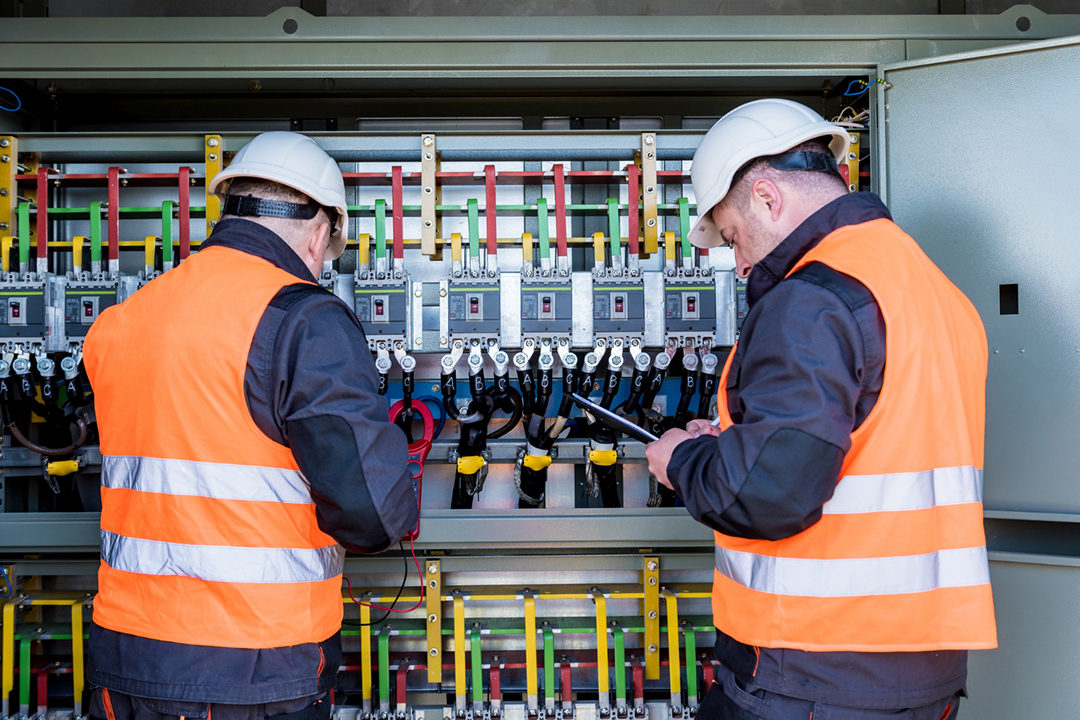
- September 1, 2023
- By admin
- Uncategorized
Protection relay testing is critical to ensuring the safe operation of electrical systems. By adequately testing protection relays, operators can identify and correct problems before they cause a system failure. Protection relay testing should be performed regularly, and any problems should be fixed immediately.
What is a protection relay?
Protection relays are an essential part of any electrical system. They protect equipment from damage in the event of a fault. There are many different protection relays, each with its specific purpose.
The most common type of protection relay is the overload relay. This relay is used to protect equipment from being overloaded and damaged. It does this by monitoring the current flowing through the equipment and shutting down the system if it exceeds a specific limit.
Another common type of protection relay is the circuit breaker. This relay is used to protect against short circuits and overcurrents. It does this by opening the circuit breaker and interrupting the current flow if the current exceeds a certain limit.
Protection relays are essential to any electrical system and should be used to protect equipment from damage.
What are the benefits of relay testing?
Relay testing has many benefits, which is why it is such an important part of software development. One of the biggest benefits is that it can help find errors more quickly and efficiently than other testing methods. This is because relay testing allows you to test a large number of system interactions in a relatively short amount of time.
Another benefit of relay testing provided by power engineering services is that it can help you catch errors that other types of testing might not catch. For example, if you are only doing unit testing, you might not catch errors that occur when different parts of the system are interacting. But if you do relay testing, you can see and fix these errors before the system goes into production.
Finally, relay testing can also help you improve your code’s quality. By finding and fixing errors early on, you can prevent them from causing more significant problems later. Long-term, this can save you both time and money.
How should you test a protection relay?
Testing a lightning protection system relay is integral to verifying it works correctly. Many tests can be performed, and the exact tests that must be run will vary depending on the protection relay and the specific application.
One common test is checking the relay’s time-delay characteristics. This can be done by injecting a known amount of current into the protected circuit and measuring the time it takes for the relay to trip. This test can help verify that the relay responds appropriately to overloads and does not take too long to trip.
Another common test is checking the relay’s phase-sequence characteristics. This can be done by injecting a known amount of current into the protected circuit and measuring the phase angle between the current and the voltage. This test can help verify that the relay responds appropriately to phase reversals and is not taking too long to trip.
What are the consequences of not testing protection relays?
If a substation experiences an outage, the protection relays are supposed to trip and isolate the fault. If the protection relays do not trip, the substation could be damaged, creating a larger outage.
How often should you test protection relays?
Protection relays should be tested at least once a year or more often if necessary. Testing helps ensure that the relays will operate properly when needed.
Diving into transformer testing! Ensuring the efficiency and reliability of electrical transformers is crucial for safe and smooth operations. From insulation resistance to turns ratio tests, each step in the testing process plays a vital role in maintaining optimal performance. By conducting thorough transformer testing, potential issues can be identified early on, minimizing downtime and preventing costly repairs down the line. Stay informed and proactive when it comes to keeping your power systems running at their best!

